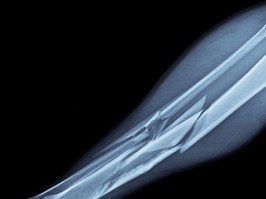osteoarthritis in canada: stats, impact and resources
osteoarthritis affects more than four million canadians, or about one in every seven adults, which is more than all other types of arthritis combined, according to arthritis society canada.
health canada-approved treatments: osteoarthritis
this complete guide outlines all of the treatments available for osteoarthritis in canada.
how i care for osteoarthritis: ‘it’s disappointing at the time, but there’s not anger'
an important part of being a caregiver is that you recognize that their illness is not their fault.
 3 minute read
3 minute read









